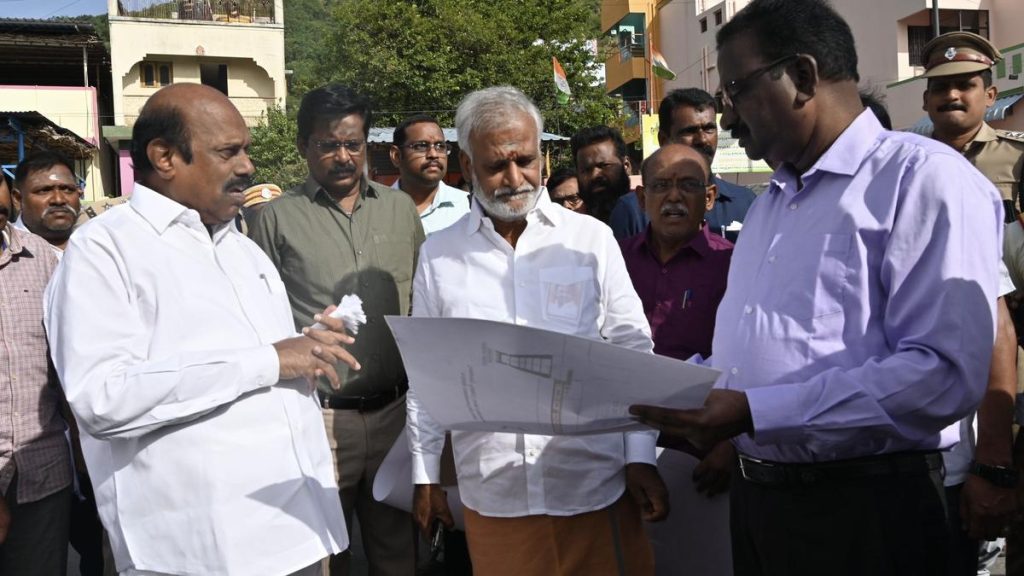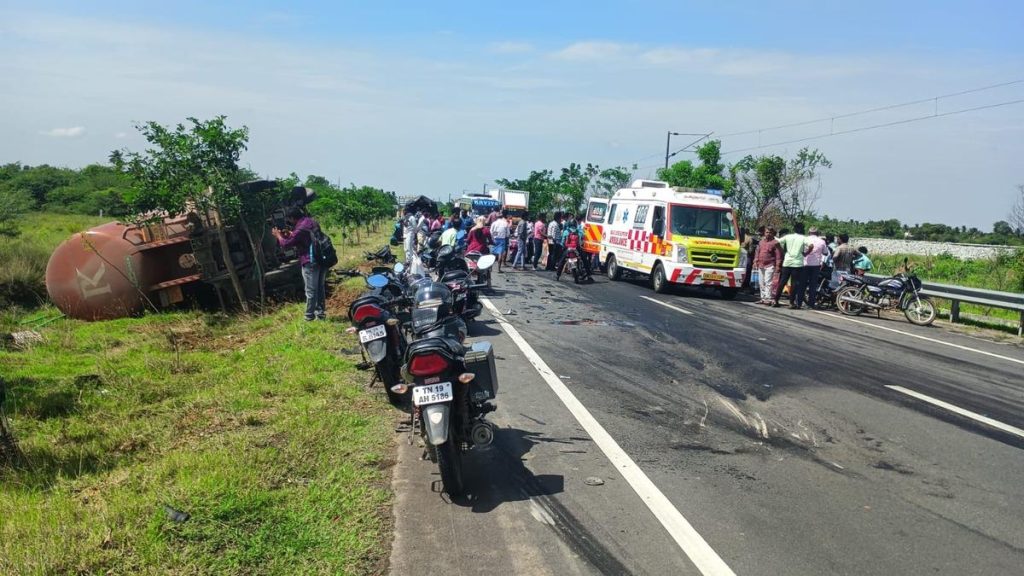Now Reading: Karnataka Caps Tourist Vehicles at 1,200 Daily in Chikkamagaluru Hill Stations
-
01
Karnataka Caps Tourist Vehicles at 1,200 Daily in Chikkamagaluru Hill Stations
Karnataka Caps Tourist Vehicles at 1,200 Daily in Chikkamagaluru Hill Stations
Rapid Summary
- The Chikkamagaluru district management in Karnataka has decided to limit tourist vehicles visiting hill stations in the Chandradrona ranges due to landslip risks during heavy rains.
- The restriction includes 1,200 vehicles per day, divided into two sessions: 600 vehicles in the morning and 600 in the afternoon. Vehicle allocations per session are as follows:
– 100 two-wheelers
– 100 taxis (cars and jeeps)
– 50 tempo travellers
– Another batch of private vehicles (350).
- Tourists must register online with their vehicle registration numbers beforehand. This system will commence within a week.
- residents of local villages are exempt from restrictions but will receive QR-coded passes for access.
- Visitors can spend up to three hours at the hill stations.All tourist cars will be halted at Seethalayyanagiri, where designated Tourism Department minibuses provide services or visitors may walk to nearby spots.
- Shops near Mullayyanagiri parking yard will be relocated to Seethalayyanagiri; no new shops are permitted in these areas.
- Concerns about traffic congestion and environmental degradation led authorities to act following Geological Survey of IndiaS recommendations.
Indian Opinion Analysis
The decision by Chikkamagaluru district administration represents a pragmatic approach toward balancing tourism and environmental safety. By regulating vehicular access through quotas and pre-registration, authorities aim to minimize landslip risks while managing congestion effectively on narrow hill station roads-a longstanding issue noted by both visitors and locals alike.
While beneficial for preserving the geographical stability of Chandradrona’s fragile terrain, these restrictions also enhance visitor safety during monsoons when landslips pose heightened threats. However, operational success hinges on efficiently implementing digital registrations, ensuring compliance with vehicle limits, and facilitating public understanding.Exempting local residents via QR-coded passes demonstrates sensitivity toward community needs while promoting regulated tourism practices. Additionally, shifting shops out of parking areas could streamline space use but possibly affect small businesses reliant on proximity trade unless alternates are provided.
This initiative aligns closely with calls from environmentalists advocating controlled vehicular influx into ecologically sensitive regions-a move likely welcomed broadly across conservation stakeholders.

























